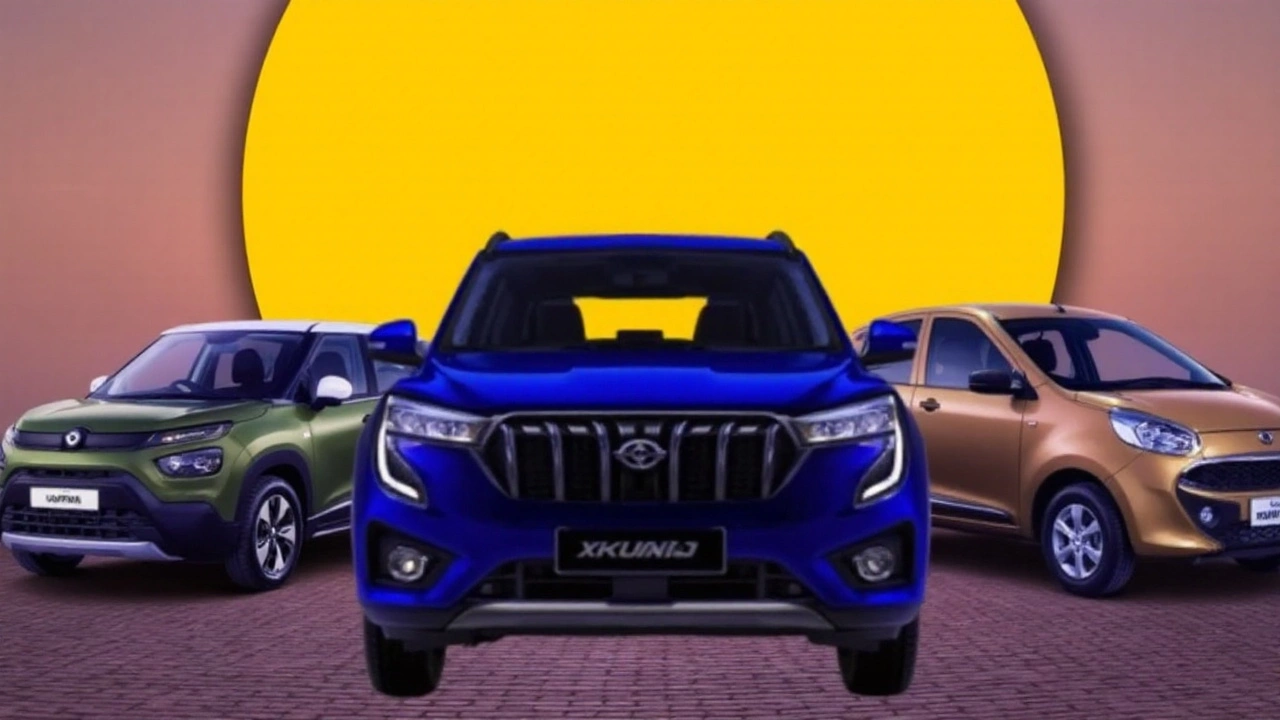GST 2.0 trims showroom tags, automakers pass on full benefit
Sticker shock just flipped on its head. After the 56th GST Council meeting on September 3, 2025, major carmakers have cut prices across mass-market and premium models, citing GST 2.0 rationalisation. The deepest cut so far comes from Toyota, which trimmed the Fortuner by Rs 3.49 lakh, with others rolling out reductions between roughly Rs 65,000 and Rs 2.4 lakh across popular hatchbacks, compact SUVs, and SUVs. Revised ex-showroom prices are already live at dealerships and on brand configurators.
Mahindra moved first, effective September 6, followed by Tata Motors from September 22. Hyundai, Toyota, Renault, and several luxury brands, including BMW, have joined in. The changes, manufacturers say, are a straight pass-through of the lower tax incidence under GST 2.0. While each brand’s model-wise math differs, the headline is simple: car prices India are lower this month than they were a fortnight ago.
What does that mean for your wallet? A Rs 1.5 lakh cut on a typical five-year car loan at around 10% interest can reduce the EMI by roughly Rs 3,100–3,200 a month. The on-road price will still include state road tax, registration, insurance, and handling charges, but the ex-showroom reduction is large enough to change buying timelines for many first-time and upgrade buyers.
Automakers say the intent is transparency—no hidden adjustments, no back-door offsets. List prices have been updated nationwide, with benefits applicable on fresh invoices from the respective effective dates. If you booked earlier but your car is invoiced after the new pricing kicks in, dealers say the revised list will generally apply; check your booking terms to be sure.

Who cut prices, by how much, and what buyers should do next
Mahindra & Mahindra (effective September 6): The broadest set of cuts came from Mahindra, with several high-demand SUVs getting trimmed. The company has recalibrated prices across diesel and petrol variants.
- Bolero/Bolero Neo: cheaper by about Rs 1.27 lakh
- XUV3XO: petrol down by about Rs 1.40 lakh; diesel down by about Rs 1.56 lakh
- Thar 2WD diesel: down by about Rs 1.35 lakh
- Thar 4WD diesel: down by about Rs 1.01 lakh
- Scorpio Classic: down by about Rs 1.01 lakh
- Scorpio-N: down by about Rs 1.45 lakh
- Thar Roxx: down by about Rs 1.33 lakh
- XUV700: down by about Rs 1.43 lakh
Tata Motors (effective September 22): Tata’s cuts span entry hatchbacks to three-row SUVs, with the Nexon and larger SUVs taking some of the biggest reductions.
- Tiago: up to Rs 75,000 off
- Tigor: up to Rs 80,000 off
- Altroz: up to Rs 1.10 lakh off
- Punch: up to Rs 85,000 off
- Nexon: up to Rs 1.55 lakh off
- Curvv: up to Rs 65,000 off
- Harrier: up to Rs 1.40 lakh off
- Safari: up to Rs 1.45 lakh off
Shailesh Chandra, who leads Tata Motors’ passenger vehicle and electric mobility businesses, called the GST move timely and said the company is passing on the entire benefit. The brand has updated prices across dealerships and digital channels.
Hyundai: Price cuts go up to Rs 2.4 lakh across select models. The biggest volume models see meaningful trims, making popular variants more accessible.
- Grand i10 Nios: down by about Rs 73,808
- Aura: down by about Rs 78,465
- Exter: down by about Rs 89,209
- i20: down by about Rs 98,053
- Venue: down by about Rs 1.23 lakh
- Creta: down by about Rs 72,145
Toyota: The headline cut is the Fortuner, down by a hefty Rs 3.49 lakh. Toyota says the reductions extend across its range, and updated ex-showroom prices are reflected at authorised outlets.
Renault India: Up to Rs 96,395 off across its portfolio, with specific trims and variants adjusted to pass through the GST change.
BMW and other luxury brands: Premium carmakers have also moved to align prices with GST 2.0, trimming select models. Exact reductions vary by model and variant and are being communicated at dealer level.
Why prices moved: After the GST Council’s September 3 sitting, automakers say the tax structure on passenger vehicles has been rationalised, lowering the effective incidence on many models. The industry has treated this as a direct trigger to re-issue price lists. While model-wise tax computations are not published for each variant, the outcome is clear at the showroom level—lower ex-showroom tags.
What buyers should check:
- Invoice date: The revised price applies if your car is invoiced on or after the effective date announced by the brand.
- Variant-specific reductions: Cuts differ by engine, transmission, and trim. Ask for the updated variant-wise sheet.
- On-road extras: Registration, road tax, insurance, and accessories are separate. Your on-road quote will still vary by state and insurer.
- Financing: Ask lenders to re-issue sanction letters if your loan amount changes due to the lower ex-showroom price.
- Existing discounts: Festive or dealer-level offers can stack on top of the new list price, subject to stock.
Impact on the market: Expect a demand bump in the run-up to the festive season. Lower EMIs and reduced down payments can pull fence-sitters into showrooms, especially in the compact SUV and mid-size SUV segments. Fleet and corporate buyers may bring forward purchases as well.
There is also a ripple effect on the used-car market. When ex-showroom prices drop, recent model-year resale values can soften in the short term. If you plan to trade in, get fresh valuations; many dealers have updated their buyback grids to reflect the new pricing.
Delivery timelines and inventory: Brands with strong urban demand—think compact SUVs—could see longer waiting periods on top trims as bookings spike. If you want quicker delivery, ask for flexibility on colour or variant. Rural-heavy nameplates like the Bolero and select diesel SUVs may see steady supply, but popular configurations will still move fast at the new prices.
How to lock in the benefit:
- Get the revised ex-showroom quote printed with variant code and VIN allotment timeline.
- Confirm in writing that your invoice will reflect the post-GST price list valid on the invoice date.
- Re-check insurance add-ons and IDV after the price change—sums insured may adjust.
- If you booked earlier, ask your dealer to issue an addendum with the updated price and delivery estimate.
One final note on transparency: carmakers say the new tags reflect the GST 2.0 rationalisation without offsetting the change via feature deletions or hidden charges. Still, it pays to scan the variant brochure for any silent tweaks—tyre size, airbag count, infotainment features—before you sign.
For shoppers, the direction is unambiguous. With ex-showroom reductions now live across Mahindra, Tata, Hyundai, Toyota, Renault, and luxury names, the window for value buying is open. If you were waiting on a Nexon, a Scorpio-N, a Creta, or a Fortuner, the maths just got easier.

